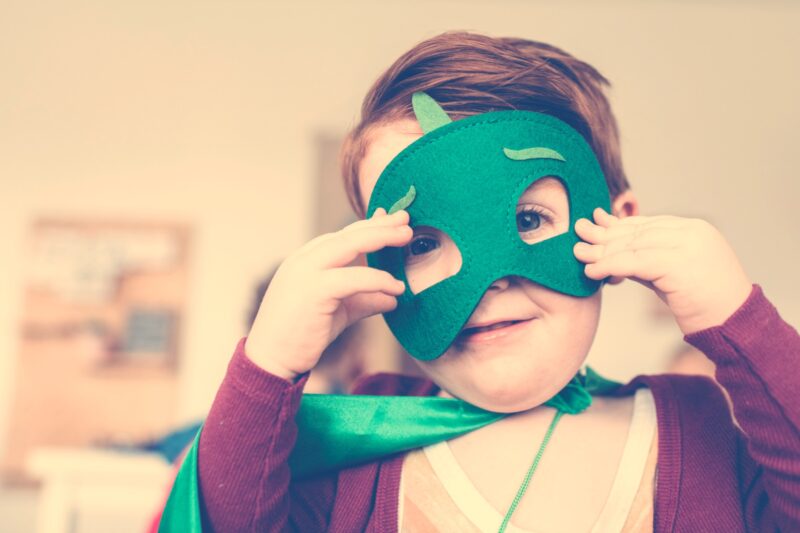Image Credit: Jessica Rockowitz
Love in the time of COVID-19.
‘Nothing in this world… is more difficult than love.’
– Gabriel Garcia Marquez, Love in the Time of Cholera
‘In case of emergency, air masks will drop the ceiling. If you are traveling with a minor, please put on your own mask before helping the minor.
Place the mask over your nose and mouth, pull the bands to tighten, and breathe normally. Please secure your mask before offering assistance.’
The logic behind that safety instruction can be easily – and painfully – demonstrated by conducting the following experiment: place one human inside one depressurized airplane cabin. Within seconds, observe the human experience hypoxia-like symptoms: weakness, disorientation, loss of vision caused by a swift and perilous drop of oxygen-saturation levels. The human loses consciousness.
In real life, the minor or elderly nearby, if still conscious, could not reach the still dangling oxygen mask. Everyone would perish. In real life too, this current, very pedestrian life, people are also dying because others are not wearing masks.
This story has had many titles. The plague, the Spanish flu, AIDS, Ebola, Severe Acute Respiratory Syndrome. But, in its essence, the plot is the same. All epidemics unfold in a three-act play whose synopsis looks a little like this:
Act I: Early signs, subtle and distant. News headlines to be skipped, skimmed, or ignored. After all, who really knows where Wuhan is? The disease spreads.
Act II: Recognition: people are really dying. The disease is real. The race, then … for explanation. Mechanistic, moralistic. Reassurance, absolution. Pointing fingers, generating haphazard responses. Amidst the chaos, the disease spreads until it knocks… on our door.
At the cusp of Act III, the masks have dropped. The reader has a choice. Put them on, stay home, stay clean, or… hoard toilet paper and go out. This is a love story, a story of love in the time of crisis, of COVID-19. A story of two loves, and the battle between them: oneself, and the other.
A young and healthy person, infected, will feel ill for a while. Symptoms will appear, worsen, then ease. The person will recover. Meanwhile, however, that young and healthy person will have infected 2.5 other people on average. Even assuming only two, for mathematical simplicity, the spread is exponential.
Terrifying. The math is terrifyingly simple:
1 handshake. 2,4,8,16, … twenty handshakes later, more than one million people are infected. Four more handshakes… more than sixteen million victims. And not all those shaking hands are young and healthy.
Some are older, immunocompromised. Some are family members, friends. Some will require ventilators, intensive care for weeks, months. Some will die. Many have died, hundreds on hundreds of thousands of people who once were kissed, hugged, tickled, loved beyond words and beyond love.
‘Nothing in this world is more difficult than love.’ Love in the time of COVID-19. It is… not kissing, not holding hands, covering your nose and mouth. Real love is existing outside time, outside society, outside oneself and one’s wants and ego and priorities, for someone else. That is how love conquers death.
Act III is about to start.
This story will end. It will. Act III will unfold in one of two ways: epidemics die out with collective action or with the last victim. The choice is the reader’s, is every reader’s, and is best made alone. It is free, but whatever it is, let the reader know:
The sun will bathe the terraces of cafés and park benches again. Children will squabble in playgrounds again. Flight attendants will, again, remind passengers to read the safety instructions and fasten their seatbelts. Dreams and plans are not lost, just shelved next to the summer dresses, waiting to be aired out and worn, in every colour of life, when this ends.
This story will end, and in its ending is an opportunity: to make this the greatest love story in history. A story so powerful that its heroes do not touch, do not kiss, lock themselves in, in total freedom, and cover their face.
